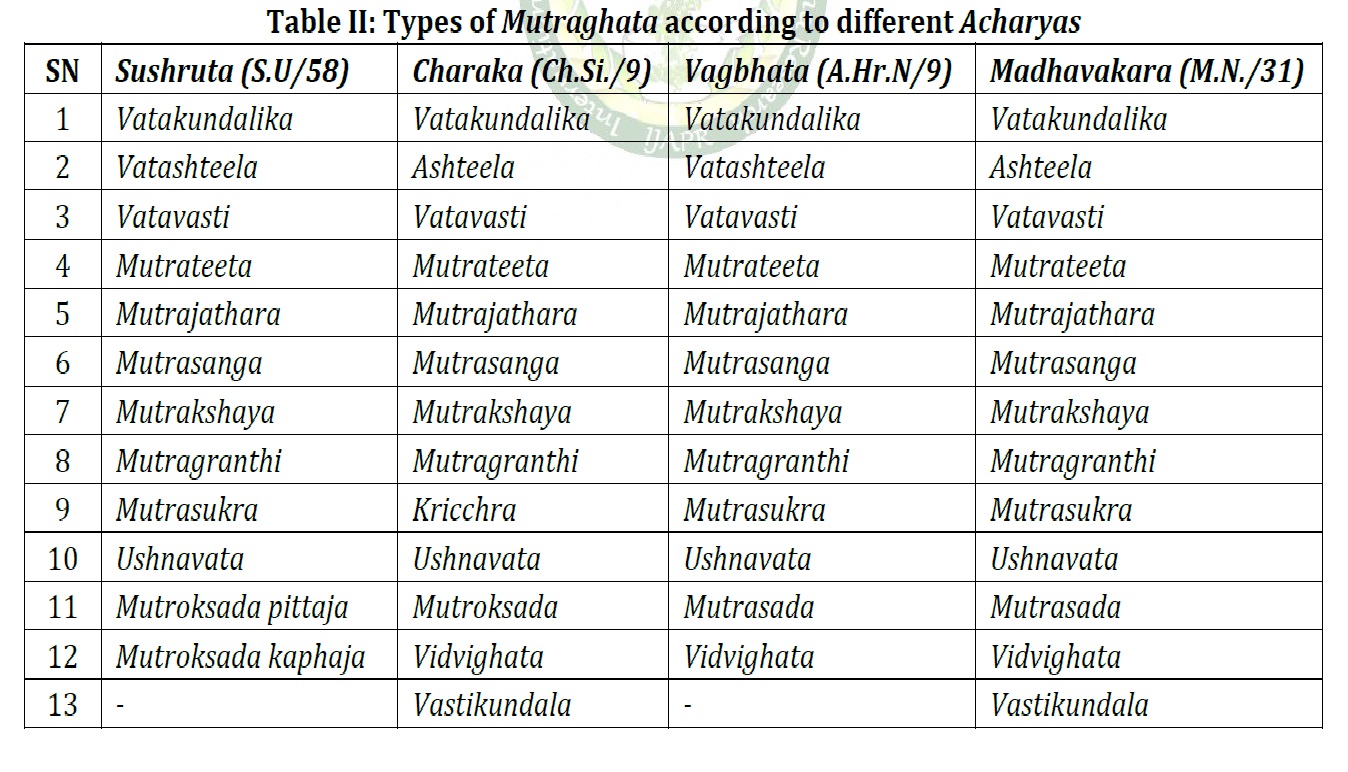Mutraghata: An Ayurvedic Review w.s.r to BPH
DOI:
https://doi.org/10.47070/ijapr.v10i8.2482Keywords:
Mutraghata, Vatashteela, Benign Prostatic Hyperplasia, LUTS.Abstract
Lower urinary tract symptoms (LUTS) are quite common in aging males and these affect the quality of life of an individual. Among various etiologies of LUTS, benign hyperplasia (BPH) has a high prevalence. The term Mutraghata stands for low urine output due to obstruction in the passage of urine. Mutraghata, a disease of Mutravaha Srotas (urinary system) described in Ayurveda, closely resembles with benign prostatic hyperplasia (BPH) of the modern medicine. It affects men above the age of 40 years. Histo-pathologically the prevalence of BPH is age dependent, initiate usually after 40 years of age. More than 50% of men in their 60s and upto 90% of men in their 70s and 80s have some symptoms of BPH. In contemporary science conservative and surgical treatment are given to the patients suffering with BPH.
Downloads



